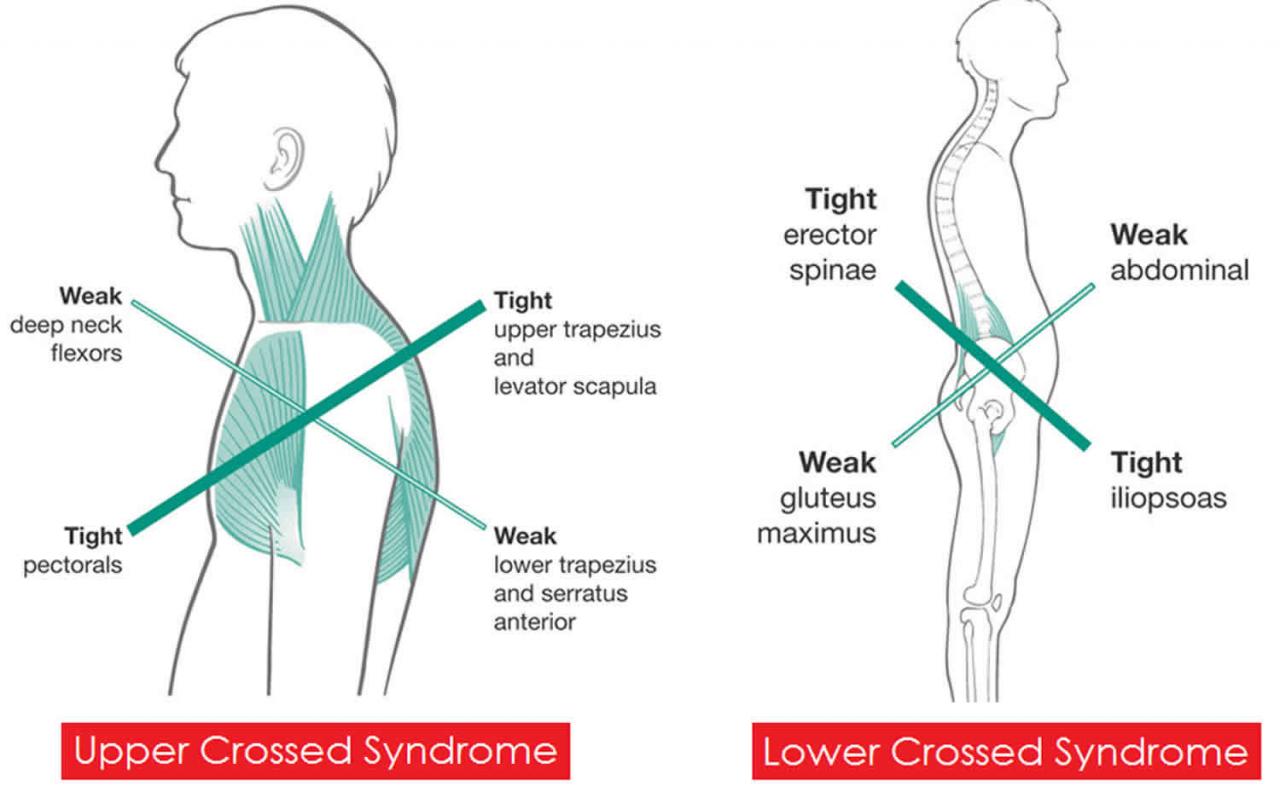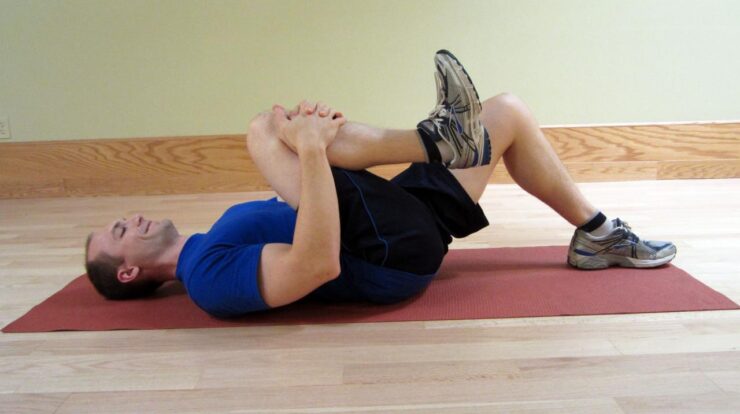
How can stiff and tight muscles result in back pain? This question delves into the intricate relationship between musculoskeletal health and chronic discomfort, shedding light on the profound impact that muscle tension can have on our overall well-being.
Stiff and tight muscles, often a consequence of poor posture, muscle imbalances, and inadequate stretching, can exert excessive pressure on the spine, leading to nerve compression and inflammation. Understanding the mechanisms behind this connection is crucial for effective pain management and preventive strategies.
How Can Stiff and Tight Muscles Result in Back Pain?

Back pain is a common problem that can be caused by a variety of factors, including stiff and tight muscles. When muscles are tight, they can put pressure on nerves and blood vessels, leading to pain. Additionally, muscle imbalances can also contribute to back pain.
Muscular Tension and Back Pain
Stiff and tight muscles can contribute to back pain by putting pressure on nerves and blood vessels. This pressure can cause pain, numbness, and tingling. Some of the muscles that, when tight, can cause back pain include the:
- Hamstrings
- Quadriceps
- Calf muscles
- Lower back muscles
- Neck muscles
Muscle Imbalances and Back Pain
Muscle imbalances can also lead to back pain. When one muscle group is stronger than its opposing muscle group, it can pull the spine out of alignment. This misalignment can put pressure on nerves and blood vessels, leading to pain.
Some common muscle imbalances that can cause back pain include:
- Weak abdominal muscles and strong lower back muscles
- Weak gluteal muscles and strong quadriceps
- Weak hamstrings and strong quadriceps
Trigger Points and Back Pain
Trigger points are small, tender knots that can form in muscles. These trigger points can refer pain to other areas of the body, including the back. Some common trigger points that can cause back pain include:
- Trigger points in the upper trapezius muscle
- Trigger points in the levator scapulae muscle
- Trigger points in the piriformis muscle
Posture and Back Pain
Poor posture can also contribute to stiff and tight muscles. When you sit or stand with poor posture, you put extra strain on your muscles. This strain can lead to muscle tightness and pain. Some common postural deviations that can cause back pain include:
- Slouching
- Hunching
- Standing with your weight shifted to one leg
- Sitting with your knees bent and your feet flat on the floor
Activity and Back Pain
Certain activities can also contribute to stiff and tight muscles. Activities that involve repetitive motions or that require you to hold your body in an awkward position can put strain on your muscles. This strain can lead to muscle tightness and pain.
Looking to shed stubborn lower back fat? Explore effective exercises for lower back fat designed to target and tone those trouble areas. From squats to leg raises, these exercises can help you achieve your fitness goals.
Some examples of activities that can aggravate back pain if muscles are not properly prepared include:
- Lifting heavy objects
- Sitting for long periods of time
- Standing for long periods of time
- Playing sports
- Gardening
Treatment Options for Stiff and Tight Muscles, How can stiff and tight muscles result in back pain?
There are a variety of treatment options available for stiff and tight muscles. These treatments can help to relieve pain and improve range of motion. Some common treatment options include:
- Massage therapy
- Physical therapy
- Chiropractic care
- Acupuncture
- Stretching
- Exercise
Prevention of Stiff and Tight Muscles
The best way to prevent stiff and tight muscles is to maintain a healthy lifestyle. This includes eating a healthy diet, getting regular exercise, and maintaining a healthy weight. Additionally, it is important to practice good posture and to avoid activities that can put strain on your muscles.
Wrap-Up

In conclusion, stiff and tight muscles can be a significant contributing factor to back pain, highlighting the importance of maintaining muscle flexibility and balance. Regular exercise, stretching, and proper posture are essential for preventing and alleviating muscle tension, promoting spinal health, and ensuring overall physical well-being.
User Queries
What are some common muscle imbalances that can cause back pain?
Weak abdominal muscles and tight hip flexors are common muscle imbalances that can contribute to back pain.
How can poor posture lead to stiff and tight muscles?
Prolonged sitting or standing in awkward positions can strain muscles, leading to stiffness and tightness over time.
What are some lifestyle modifications that can help reduce the risk of developing back pain?
Regular exercise, maintaining a healthy weight, and avoiding smoking are lifestyle factors that can promote muscle health and reduce the likelihood of back pain.
Mothers are often celebrated on Mother’s Day with heartfelt happy mothers day wishes . To maintain a healthy lifestyle, it’s important to engage in regular exercise, including lower back exercises at home to reduce back pain. Stiff and tight muscles can contribute to back pain, so it’s crucial to address these issues through stretching and exercises for lower back fat .






